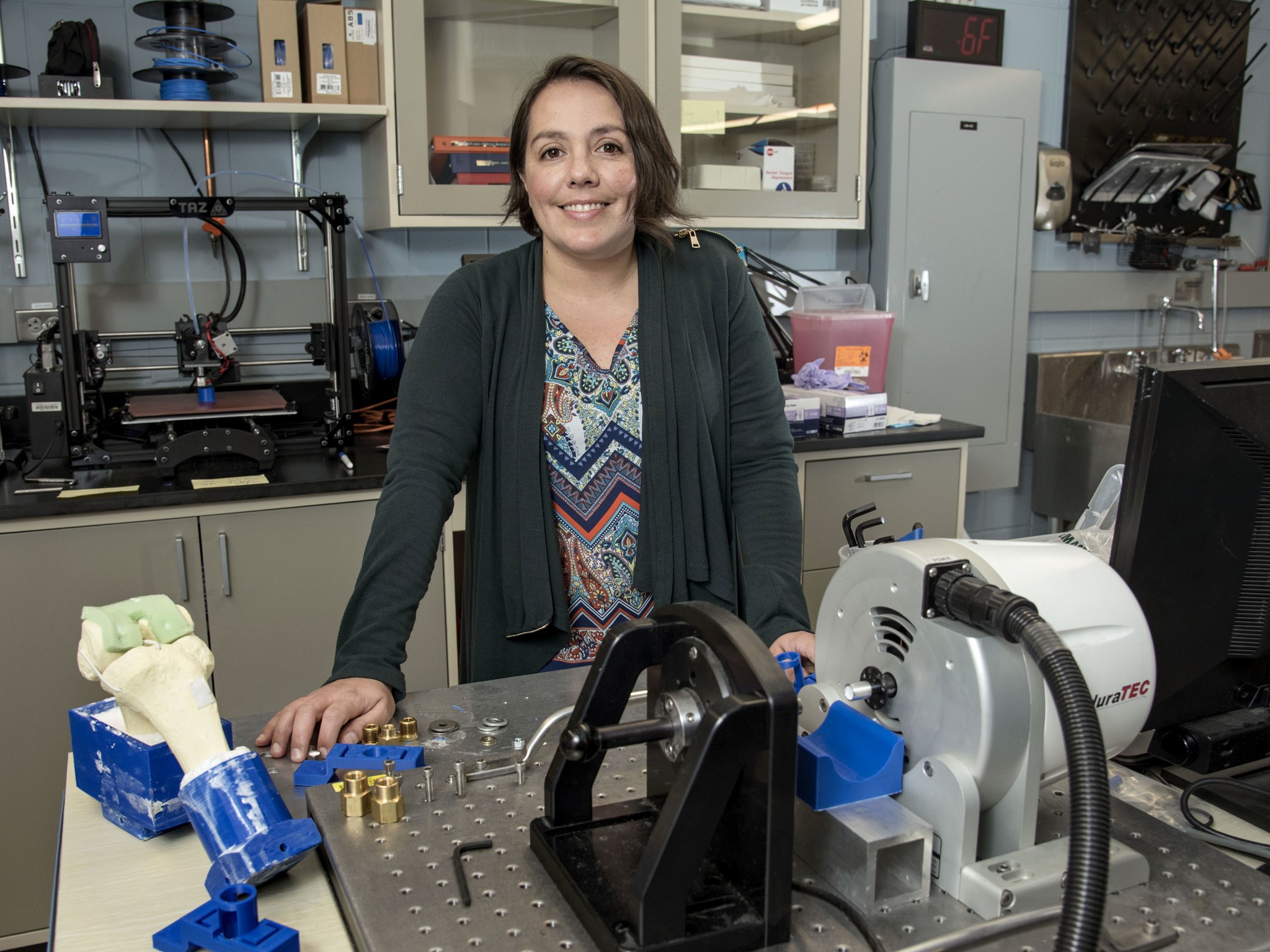
10:10 am
322 Fryklund Hall
Abstract
Over a lifespan of approximately 70 years, bone withstands millions of loading cycles from muscle forces with incredible resilience to fatigue. However, the mechanisms driving bone formation, organization, and strength are yet to be fully resolved. What is known is (1) the mechanical cues for bone development in mammals are a result of the dynamic muscle and joint forces experienced during locomotion, and less influenced by static gravitational forces and (2) the adaptation of bone to accommodate increased external forces occurs in a specific manner. That is – it doesn’t just get bigger - it has a specific preferential distribution of material in order to maintain efficient mechanical competency.
In this talk, I will present our recent efforts to understand the three-dimensional mechanics of bone during growth and aging. First, using a murine model of growth, we investigated the determinants of spatially heterogeneous strain within the tibia using longitudinal imaging and multi-scale computational models. We also investigated these allometric relationships in equine bone to determine if these hold true for larger animals. Next, I will present a computational assessment of bone strain energy in older human bone samples. Here we aim to identify whether increased strain energy is characterized by morphological features and associated with specific phases of cellular activity during bone remodeling. We present evidence to suggest that an uncoupling in osteoclast to osteoblast activity exists that may be related to strain-mediated cell dynamics.
Bio
Mariana Kersh is an Assistant Professor in the Department of Mechanical Science and Engineering at The University of Illinois at Urbana-Champaign and Director of the Tissue Biomechanics Laboratory. She holds degrees in English, Mechanical Engineering and Material Science. Her research focus is on the structure-mechanical function of orthopedic tissues during development as well as the progression of musculoskeletal diseases.
